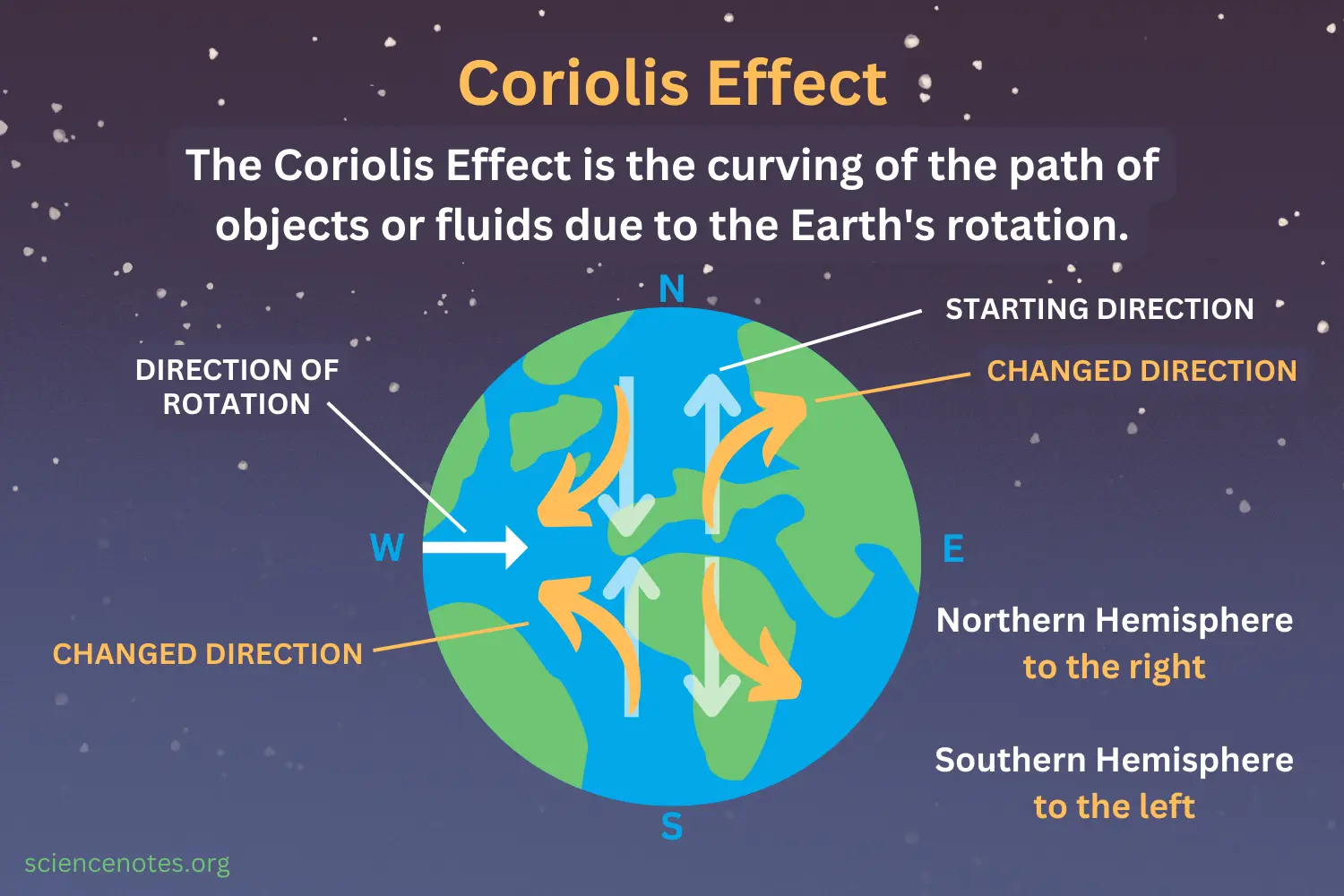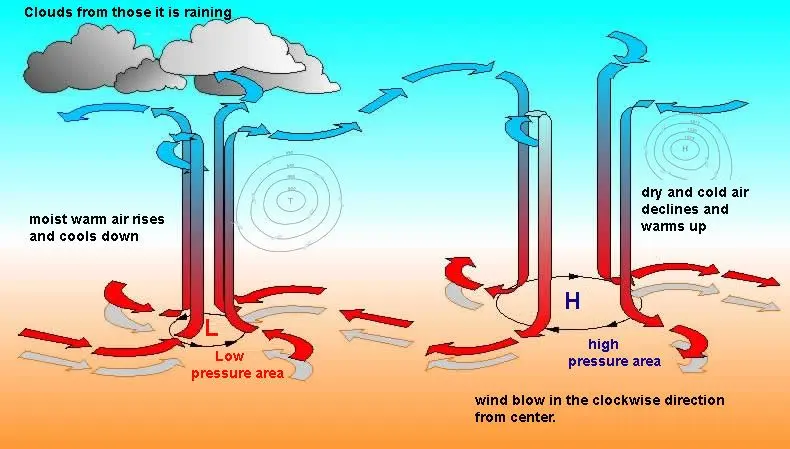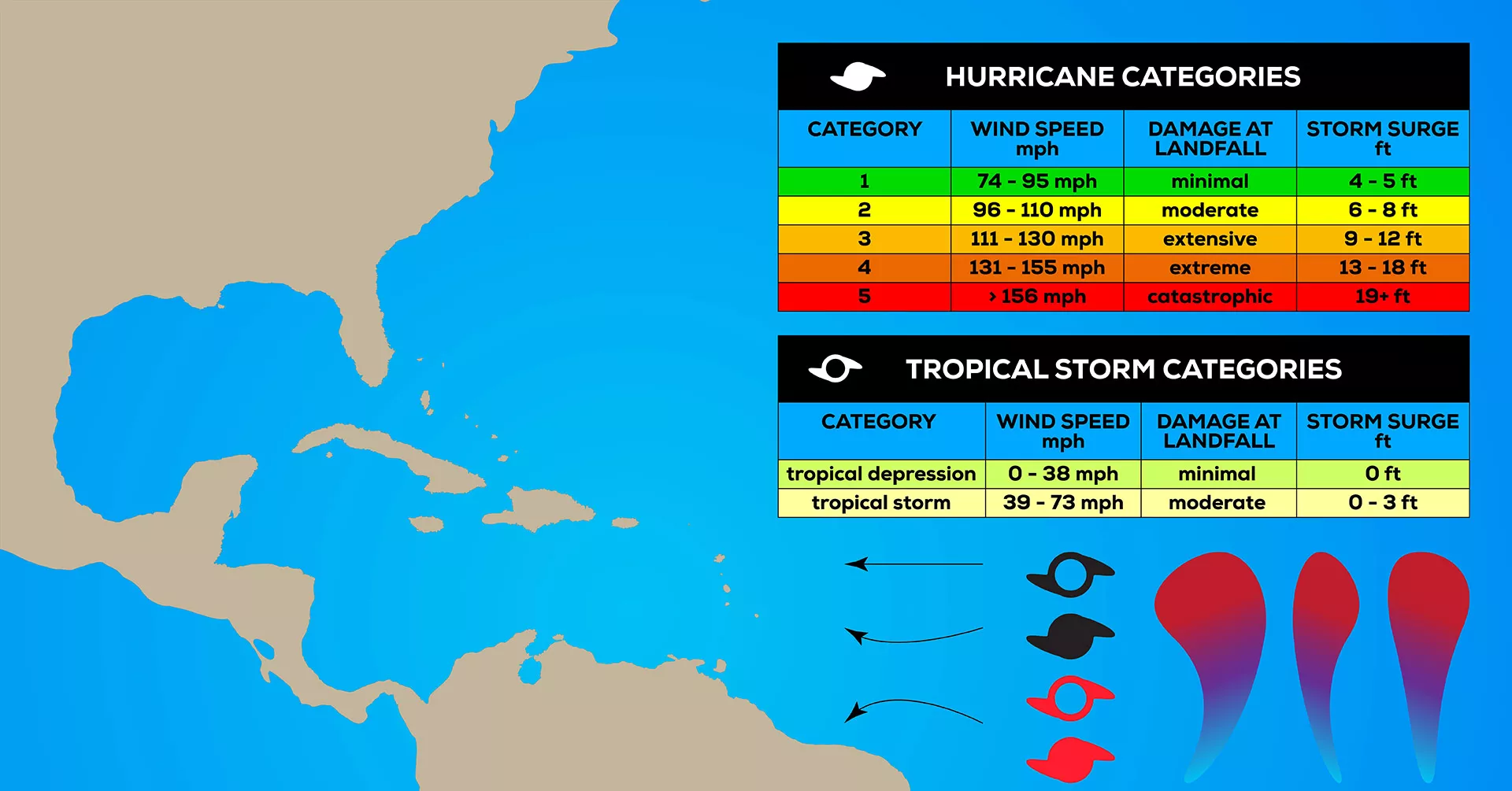According to legend, when Kubla Khan's army set sail to conquer Japan, a powerful typhoon, a Pacific tropical cyclone, arrived without warning, destroying Conn's fleet and saving Japan. When the Mongols returned a few years later with an even bigger army, another typhoon showed up and turned the invading fleet into driftwood. Thinking their emperor had summoned the storms to rescue them, the Japanese named these typhoons "divine wind" or "kamikaze".
Native cultures in the Caribbean and Central America, like the Taino and Maya, told stories of Huracan, a God who brought wind and storms, and their ancient artifacts tell us that they deduce these storms spiral shape long ago, something Western scientists wouldn't figure out until 1831.
Tropical cyclones are called by different names in different oceans, but Atlantic hurricanes like Katrina and Sandy are probably the most famous; these storms are some of the nastiest monsters that Earth game makers throw our way. A fully formed hurricane can reach more than 100 miles across, walls of clouds, and ice can extend up through the entire lower layer of our atmosphere. But how does a storm that big even happen?
The basic ingredients for a hurricane are pretty simple: Heat and Wind. The wind is easy wherever we find low air pressure - air wants to move from the outside in to fill that low pressure. This is what creates a hurricanes super strong winds, but it doesn't explain why they spin. Hurricane's winds want to move in a straight line, but their path is deflected thanks to the Coriolis effect. If Earth wasn't spinning, hurricanes wouldn't either.

100 mile per hour wind blowing North near the equator is also moving east along with the direction of Earth's rotation. Because Earth is basically a sphere, the closer we get to the poles, the slower the rotation. So as that wind moves North the atmosphere and the earth below it isn't spinning as fast, and the sideways motion of the wind outruns Earth's rotation, pushing it East. The same thing happens for the winds on the other side, except they're moving slower, so they get pulled to the West. This is why cyclones spin clockwise in the southern hemisphere and counterclockwise in the northern hemisphere, or anticlockwise or whatever. It's also why hurricanes can't form too close to the equator. There isn't enough difference in rotation at low latitudes to start them spinning. Moving in closer to the eye. Hurricane winds increase in speed because of angular momentum. Just like how a figure skater spins faster when they pull their arms in.
The second key ingredient is heat from warm water. A hurricane works a lot like an engine, not the engine in your car, but an ideal engine like the one developed by French physicist Nicolas Carnot. First, a piston rises, now normally reducing the pressure cools the gas, but in a car, no engine heat is added, so the temperature remains constant even as the pressure drops. But what happens if we turn off the heat? And keep dropping in the pressure the gas's cool. Next, let's reverse the first step. Lowering the piston. Now we'd expect this higher pressure to heat up the gas, but in our engine, we've got a device to draw heat out, so the temperature remains the same. And finally, we keep compressing the piston, but we stop taking away heat, so the temperature rises along with pressure.

The ideal engines like this don't exist in the real world, but a hurricane is one of the closest things we've got as winds flow towards the center of a hurricane, we'd expect the low pressure to cool them. But the air is kept warm thanks to massive amounts of water evaporating. And I mean massive. An average hurricane can carry more than 100 billion pounds of water, so how does evaporation keep wind warm?
Changing water from liquid to vapor to rip those molecules apart and let them fly free takes energy. This is why you feel cool when you get out of the pool. It's what happens to a bowl of soup that's left out too long. Evaporating water takes heat with it, and that heat is stored in the wind, so the temperature stays the same even as the pressure goes down. It's just like that first step of our ideal engine. Then as the air rises, our heat source is gone, so water vapor condenses into liquid again, releasing its stored heat into the atmosphere. The temperatures actually higher on top of a hurricane. Thanks just to the heat released by condensing water vapor.
High up the air releases radiation into space as it flows out and down, just like step three and finally, that air sinks back to Earth, compressing and getting warmer, and the hurricane engine is ready for another cycle. This feedback loop turns hurricanes into self-sufficient engines of destruction. A typical tropical cyclone consumes the same amount of power as the entire United States. As long as there's enough warm water, it keeps feeding itself, getting larger and larger until...well, is there a limit to how powerful a hurricane can be?

Size and rainfall are the biggest predictors for how bad a storm will be, but hurricane intensity is rated by wind speed. Category one is the weakest, while anything over 157 mph is lumped in category 5. By using equations for Carno's radial engine and data about Earth's climate, scientists say 190 mph should be the maximum theoretical wind speed. But after Typhoon Haiyan hit 195 in 2013, does that mean it's time to add a category 6? Let's get real after a certain wind speed, all destruction pretty much looks the same, so it really doesn't make sense to add another category of bad, but it gives us something to think about as Earth's climate warms, we're putting more heat, more fuel into these engines of destruction. And that's another reason to take our foot off the gas pedal.
Source: Be Smart. (2016, August 15). Why Hurricanes Are Earth’s Most Powerful Storms [Video]. YouTube. https://www.youtube.com/watch?v=Xtu2_ziBI_w